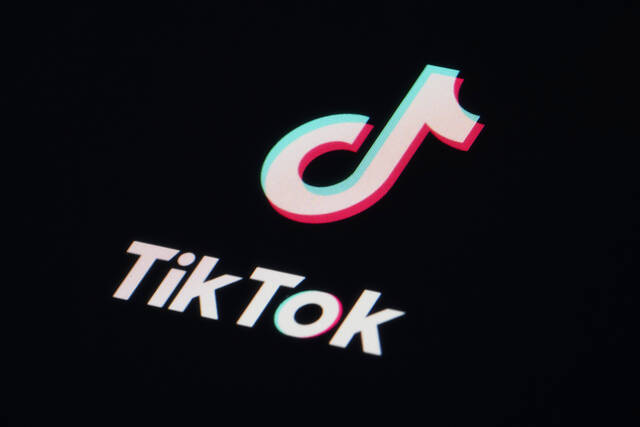https://triblive.com/opinion/sarah-gundle-tiktokers-are-self-diagnosing-thats-good-and-bad/
Sarah Gundle: TikTokers are self-diagnosing. That's good and bad.

“My ADHD? I figured it out on TikTok,” a new patient told me proudly.
She hadn’t turned to social media for answers because she wanted to; she just couldn’t afford the cost of a formal psychiatric evaluation. Appointments for neuropsychological assessments, the gold standard for diagnosing conditions such as attention-deficit/hyperactivity disorder, are increasingly hard to come by.
Many are also expensive and can run anywhere from $800 to over $10,000, depending on the complexity of the tests. Even when the patient has insurance, it often doesn’t cover the costs or, worse, denies reimbursement after the fact, deeming the evaluation “not medically necessary.”
Is it harmful that social media platforms are filling an accessibility gap? The answer isn’t always “yes,” and the complexity of that deserves more discourse.
In my patient’s case, she’d only landed in my office because her new job came with decent coverage. But as I reviewed her story, something didn’t add up. The symptoms she described didn’t match the diagnostic criteria for ADHD as defined by the Diagnostic and Statistical Manual of Mental Disorders, which sits on every mental health professional’s shelf.
In fact, they weren’t even close. Yet, despite receiving a diagnosis of anxiety, not ADHD, from two separate professionals, she struggled to move away from what Dr. TikTok told her.
She is hardly alone. More and more people are turning to social media for instant opinions on what ails them. The “put a finger down if …” mental health trend, in which a person holds up 10 fingers and puts one down each time they think a symptom applies to them, is increasingly popular.
Cost is one reason, but the anonymity of the internet can be attractive, too. Even those not recording themselves are taking part in the trend behind closed doors. Another draw is that patients can retrofit their preferred answers to their symptoms. If they “want” to have ADHD or any other condition, they can find confirmation somewhere online. It’s no surprise, then, that social media platforms have increasingly supplanted actual doctors.
For clinicians like me, this shift is alarming. If WebMD ushered in the age of armchair diagnosis, TikTok has kicked the door wide open. By being fast-paced, algorithm-driven and emotionally compelling, the mental health content on these platforms often simplifies, distorts or completely redefines actual science-based research. The videos create a version of mental illness that feels relatable but often doesn’t line up with medical reality.
In short, self-diagnosis is often way off the mark. And that matters because once someone goes from curiosity to self-diagnosis, the risks multiply. TikTok-style checklists and unverified quizzes don’t come with effective treatment plans, so checking boxes and answering questions in this format can lead people to self-medicate.
Still, I don’t believe the solution is to reject social media altogether. Social media platforms have opened up conversations about mental health in ways that traditional medicine never could. They’ve given people — especially those who’ve been dismissed or ignored by professionals — a space to feel seen and supported. As a trauma therapist, I’ve worked with many women who were invalidated by the health care system, and I see how powerful it is when people find community and language for their experiences online.
I don’t believe that only mental health professionals should get to talk about mental health. But neither can we ignore the flood of misinformation online. Instead of being adversaries, perhaps clinicians and content creators need to work together. Right now, we’re not only in different lanes; we’re on completely different highways.
Sarah Gundle is a psychologist in private practice and an assistant clinical professor at the Icahn School of Medicine, Mount Sinai Medical Center.
Copyright ©2025— Trib Total Media, LLC (TribLIVE.com)
